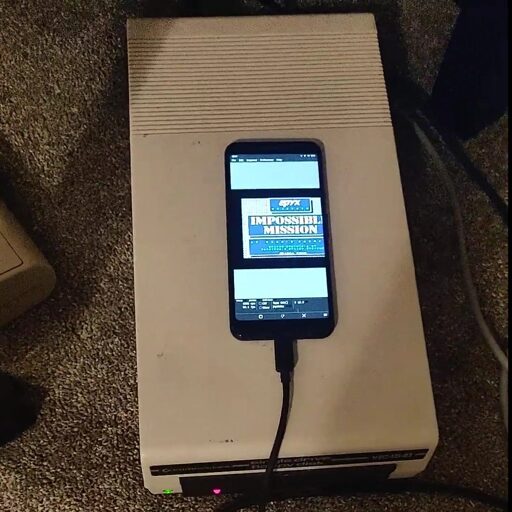

A lot of people say things like “marriage is great, but its a lot of work”. Those are the people that I’m like “really? Sounds like you maybe did make a mistake there” because (and I’m not expert, I’ve only been married once) it’s really easy being married to my wife.
I think you may not be understanding the meaning of “marriage is great, but its a lot of work”. Its not like work meaning carrying lots of bags of gravel or something.
The “hard work” in marriage is being truly open to communication, working hard yourself to communicate accurately, and being honestly self reflective. Its recognizing your own shortcomings, and trying to better yourself, but also being open to being told by your mate where your thoughts or efforts or deficient. A natural human reaction is to be defensive, possibly even striking back with your own criticisms of the other person in the moment, but that’s immaturity. Its hard work making real positive changes in yourself as the result of all of this.
When you have a mate you love and a mate that loves you, you can know these are things not said in malice, but in a genuine effort to make you a better person. All of this is a balance with your own sense of self-worth and critical thinking to properly evaluate your internal and the external criticism.
All of that is hard work.
Then there’s another part too that I’m seeing in the years ahead: seeing your spouse’s health decline and being their caregiver as your own health is failing from age at the same time. Alternatively, being that first declining health spouse, and watching your mate grow ever more tired caring for you. All of this effort are expressions of love, but it is most certainly hard work.







deleted by creator